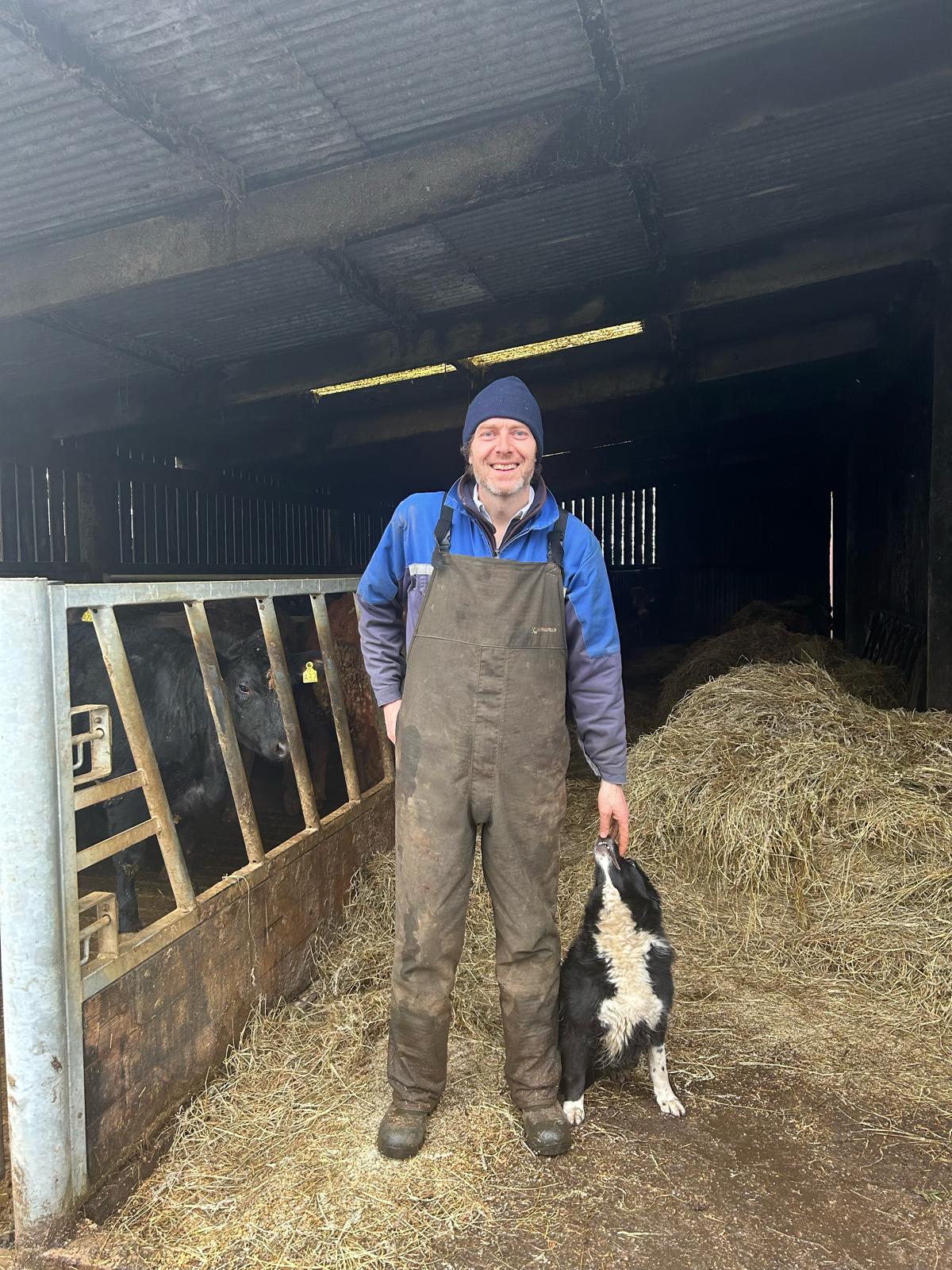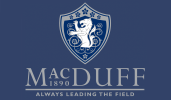
The Allison family have owned Overquarter since 1969, when my Grandfather, Russell and Dad, Alex moved here from a Neighbouring farm. The farm is now run in Partnership with father Alex and Son Russell.
The farm sits around 800 feet above sea level, near the town of Carluke and extends to 235 acres – all in permanent grassland. With an annual average 1000mm of rainfall, and enough warmth in summer, we have all the ingredients to grow an abundance of grass.
Alex and his Wife Anne live in the Village and Russell and his wife Liz and 3 children, Beth, Ellie and Eve live in the farmhouse.
They are predominantly a Suckler/finisher herd, with all animals born and finished on the farm. We have also started a small trial of Dairy X Beef Calves in recent years, using known genetics to provide a quality animal, raised on a grass based system and finished on the farm. These calves are purchased from a local Dairy herd and also from Liz’s brother Hugh’s Spring Calving Dairy Herd.
The makeup of the Suckler herd has changed in recent years from Continental Cross Cows purchased as calves from the Dairy Herd, to producing our own replacement cows – all of the Stabiliser Breed.
Initially a Stabiliser Bull with very maternal figures was purchased, and his daughters continue to enter the cow herd. The Main benefit of the Stabiliser breed other than providing moderately sized, fertile cows, is the “stabilised” Hybrid vigour exhibited in the animals. This stems from the original cross of 4 breeds and around 73% of the hybrid vigour is retained across all subsequent animals.
Russell views this as important because the calf growth rate matches that of Continental animals, but will finish earlier and therefor require much less food, which also has economic benefits.
The finished animal produces consistent R4L grades and with the right genetics, a well marbled carcass.
A rotational grazing system is in operation at Overquarter for Cow and calf pairs and also for some of the finishing Cattle in their 2nd summer. The benefit of this system is a bite of fresh grass every 2 days for the animals giving a higher energy diet, but also that it requires no artificial Nitrogen to keep grass growing in front of the cattle.
We are also experimenting with growing Red Clover/Ryegrass mixes to cut for silage, again no Nitrogen Fertiliser is required, and the subsequent crop is also higher in protein and energy than a similar volume of grass silage, so it therefore requires less purchased concentrate feedstuffs for the growing and finishing animals during the winter months.
During winter and finishing periods, the cattle are fed a simple diet of grass silage and Bruised Barley.
Similarly with the grazing fields, we are also planting white Clover seed to increase the fertility of the soil and improve volume of energy and grass grown in future years.
